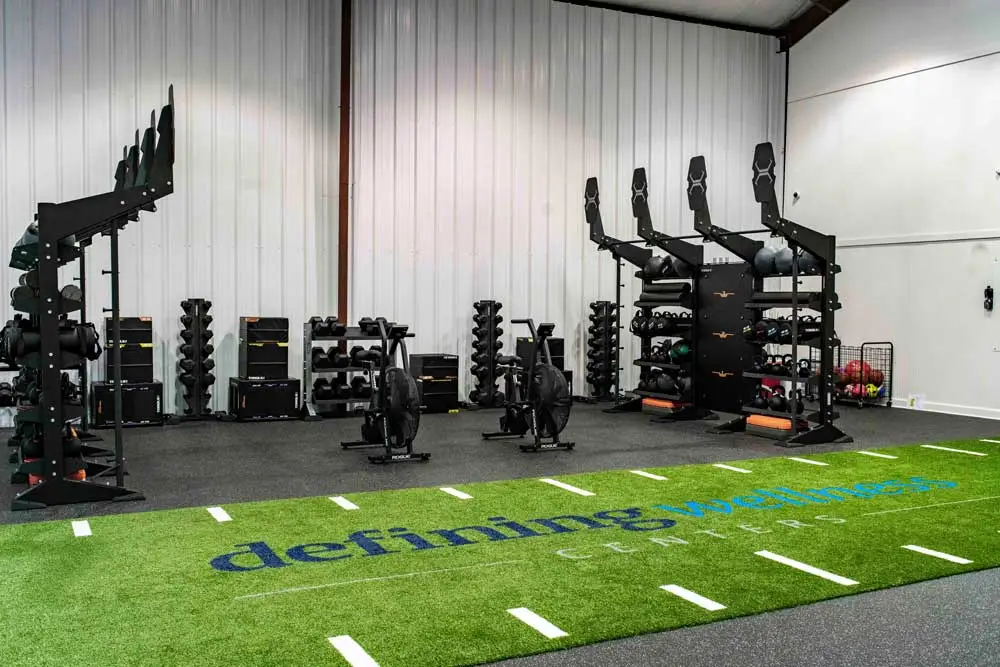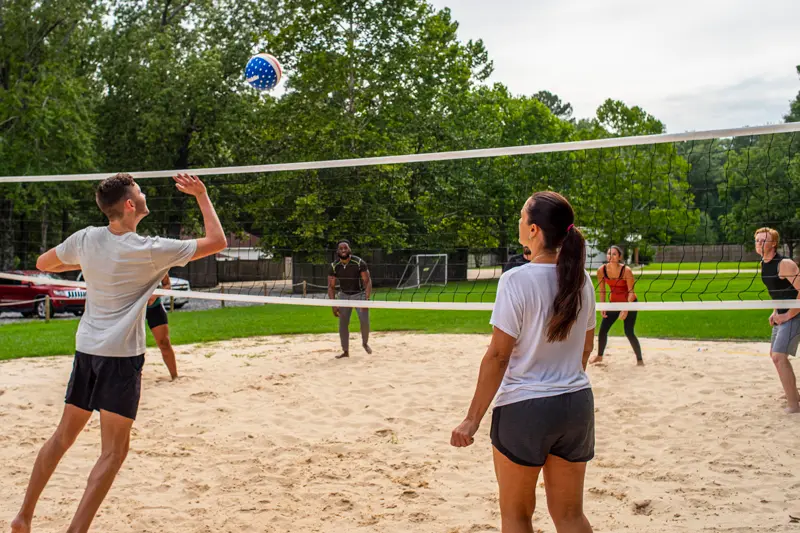A relapse may feel like falling, and in the aftermath of a crash, it feels far too easy to give up. Relapse prevention programs aim to not only prevent missteps by patients fresh from detox but also help those with long-term relapse issues find their feet again. Understanding the roots of addiction prepares specialists to deal with patients not as one-time cases but rather life-long success stories that may have a few stumbles along the way. The right program can help prevent some of the most painful falls.
What is relapse and what is the relapse rate for drugs and alcohol addiction?
Recovery is all about distance, and patients usually measure that distance in time. The longer someone goes without an addictive substance, the more of their abilities they tend to recover. One study showed a remarkable increase in dopamine receptors in the brain after a little over a year without heroin. Physical recovery supports emotional and mental recovery, which in turn leads to improved social function and control.
A relapse puts all these benefits at risk. While nearly everyone has lapses – short episodes of renewed drug-use and associated activities – a relapse is more than an accident. It’s a return to dangerous habits and frequent use. However, a relapse is not a recovery failure. It may simply be another step on the path, and those vulnerable to or suffering from relapsing may need tailored treatments to bolster their progress.
Certain substances create a higher risk of relapse, and anyone working towards recovery should be aware that their struggles are very common. Up to 91% of opiate users relapse during recovery, 24% of cocaine users return to weekly use, and approximately 60% of people with alcohol addiction relapse in the first year. But with the right treatment, relapse doesn’t always have to be a part of your story.

Why are rates higher for certain drugs?
All addictions harm patients, but some substances create extra roadblocks that result in a higher risk of relapse. Most professionals agree the substances with the highest relapse risks are:
- Alcohol
- Opiates
- Cocaine/Crack
- Heroin
Why are these substances so dangerous? The first factor boosting relapse rates for addictive substances is the ease of acquisition. The less work someone has to do to find their substance of choice, the easier it is to restart old habits. Alcohol is particularly dangerous to addicts because it is so widely available. While many people actively learn how to stay sober, temptations surround them. Procuring a drink, or even several bottles, of strong alcohol is easy, legal, and relatively cheap compared to many other habit-forming substances.
Opiates, which have been fairly easy to obtain via prescription in the past few decades, are a little harder to come by thanks to public attention, but they are still easier to find than banned substances like heroin.
Brain chemistry is the second major factor. Opiates, in particular, affect the mesolimbic system. This part of the brain recognizes pleasure. When someone feels happy, that’s the mesolimbic system at work. Opiates overload that system, training users to associate happy, pleasant feelings with the drug. Recovery is a very emotional process, and patients often struggle to regain their happiness, especially in the first few months, without chemical assistance.
What increases the risk?
Any number of biological and social factors increase relapse risk. Difficult home life, a stressful job, proximity to bars and clubs, and friends who encourage old habits all drive people towards a relapse. Others are born with the cards stacked against them. A family member with a substance abuse issue may be a sign of genetic factors that make individuals more vulnerable to both addiction and relapse.
Addiction is an intensely personal disease, and treatment can vary from person to person. Therapies that may help one individual sustain recovery efforts may not work for another. Patients need to work with professionals equipped with multiple therapies and treatment options to ensure they’re prepared for both a successful treatment plan and potential relapses. Often, a relapse can become a critical tool. Once a patient spots their triggers, they and their doctors have a much better vantage point. Fighting an invisible enemy is impossible, but when you see where your defenses have fallen, it’s much easier to rebuild. It’s never too late to learn how to prevent a relapse.
How do relapse prevention programs help?
While recovery and detox programs work to break a cycle, relapse prevention programs develop habits, skills, and safety nets to keep participants moving forwards. Teams of doctors, therapists, and more collaborate to support long-term recovery goals that address unique triggers.
One participant may need more physical therapy and medical care to deal with complex health issues in addition to the family and art-assisted therapies. Another may benefit from equine and photobiomodulation therapy while working to develop a better social network. Professionals assist each of these individuals towards their goals while addressing individual risks and strengthening potential weaknesses. Together, they work out a system to cope, grow, and stay safe in ways previous therapies or detox efforts have not.
People learning how to stay sober or how to prevent relapse in an eating disorder or drug use problem don’t need to stumble before getting help. Adding a prevention program to treatment plans after detox or other therapies may help protect patients going back to high-stress environments.
What to do if you or a loved one relapses
First, remember that a relapse cannot happen without progress. There is already a precedent for success, and you or your loved one just need a little more assistance or a new approach to treatment. Our team of professionals are ready to help, no matter how long someone has relapsed or how much assistance they need.

We offer programs and treatment options ranging from partial hospitalization and inpatient residential treatment to outpatient and aftercare solutions. Our state-of-the-art systems, including neurobiofeedback technology, bolster our incredible team of doctors and therapists to provide innovative care for even the most frustrated patients. We firmly believe relapse is not a failure, and we’re prepared to help you and your loved one take the next step in your journey to wellness. Call us today to find out how we can help you move forward.









